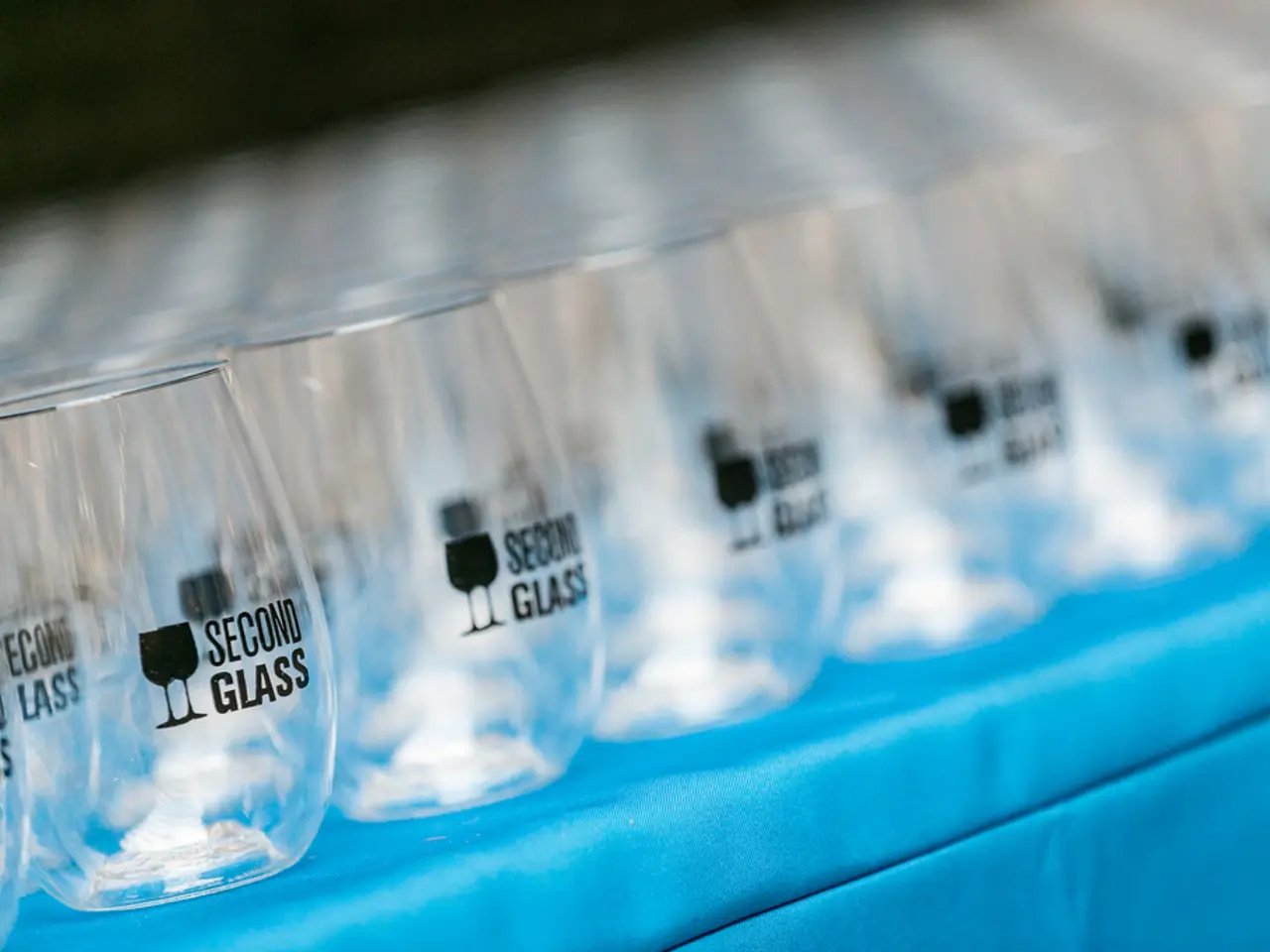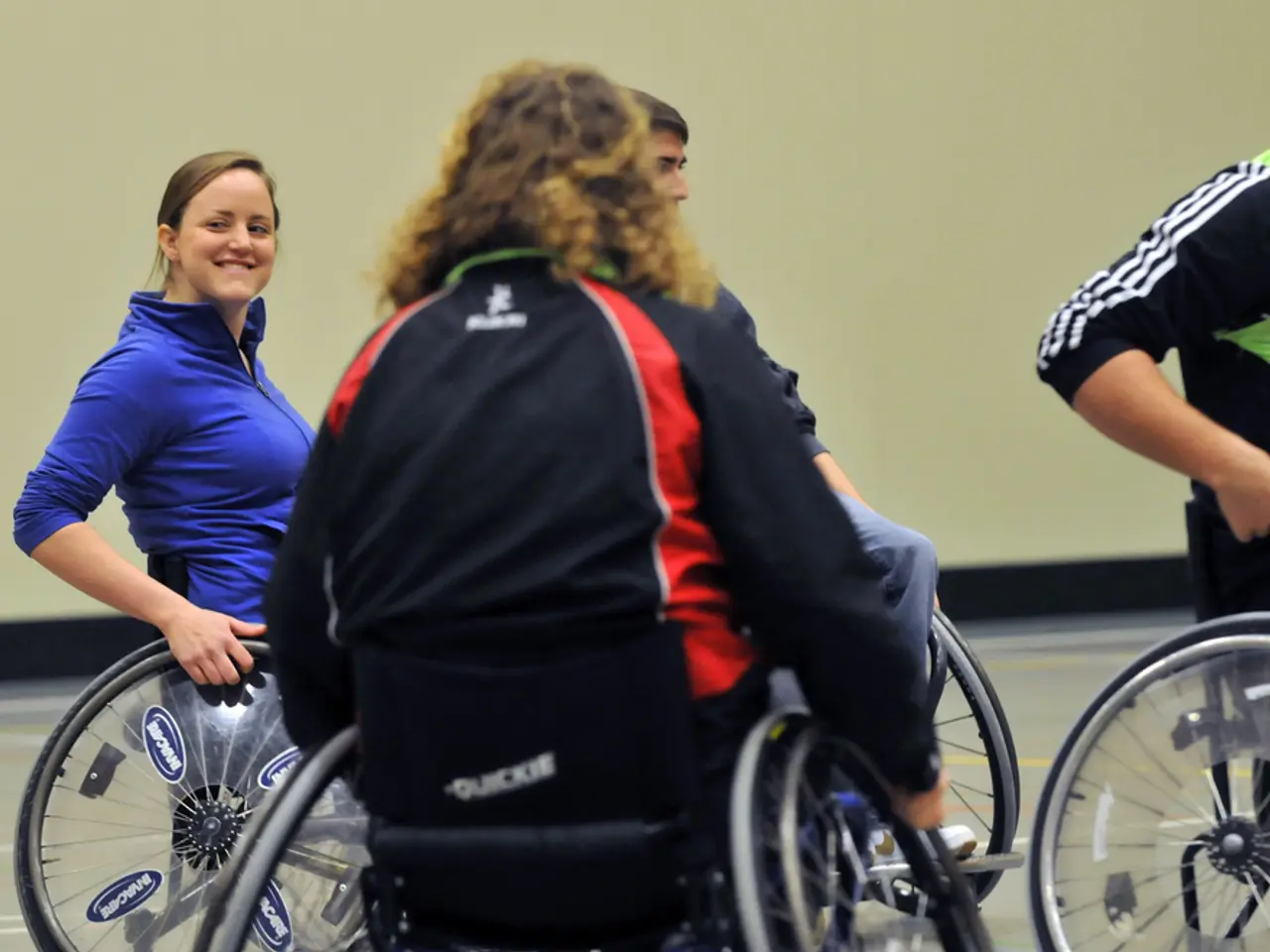Effectiveness of Blue Light Glasses: An Examination
In the digital age, as we spend more time than ever before staring at screens, concerns about the potential harmful effects of blue light have become a hot topic. However, a recent consensus in the scientific community suggests that the evidence supporting the use of blue light glasses for alleviating symptoms like headaches, eyestrain, and poor sleep is limited.
According to the American Academy of Ophthalmology (AAO), the symptoms commonly associated with prolonged screen use, such as eye fatigue, headaches, and poor sleep, are more likely to be caused by the way people use their screens rather than the harmful effects of blue light. Blue light, a type of light in the visible spectrum, is emitted by devices like computers, laptops, tablets, smartphones, and even lighting.
While blue light filters exist in the form of glasses and lenses, their effectiveness in reducing symptoms associated with screen use is not clearly established. Some studies suggest that blue light glasses may be beneficial for treating sleep disorders in certain groups, such as people with Parkinson's disease. However, these claims lack robust clinical evidence and often rely more on marketing than independent scientific validation.
One study found that blue light glasses with filtering materials or surface coatings that block a portion of blue light can reduce blue-violet light by about 60%. Yet, the evidence for symptom reduction specifically associated with screen use is not widely confirmed in clinical trials.
On the other hand, nutritional approaches with lutein and zeaxanthin, which are found in the macula and known to absorb blue light, have strong evidence for protecting eye health, particularly against age-related macular degeneration. However, these nutrients are more related to long-term eye disease prevention rather than immediate relief from digital eyestrain or headaches.
The AAO does not recommend the use of blue light glasses, instead advising individuals to maintain a healthy distance from screens, adopt good posture, and follow a few other guidelines to reduce the risk of computer vision syndrome (CVS) or digital eyestrain. These include staying around an arm's length, or 25 inches, away from screens, looking slightly downwards at the screen, using the 20-20-20 rule, using artificial tears to add moisture if the eyes feel dry, adjusting the lighting in a room and the contrast levels of the screen, using a matte screen filter if needed, wearing glasses when using a screen if prescribed by an optometrist or ophthalmologist, and avoiding devices for 2-3 hours before bedtime.
In summary, while blue light glasses may filter some blue light, current research does not robustly confirm their effectiveness in alleviating headaches, eyestrain, or sleep problems from screen exposure. Nutritional approaches with lutein and zeaxanthin have solid backing for eye health but are distinct from wearing blue light glasses for symptomatic relief. As such, the scientific community remains cautious, emphasizing the need for more rigorous clinical studies specifically on blue light glasses’ impact on these common symptoms.
[1] American Academy of Ophthalmology (AAO). (2021). Blue Light and Computer Vision Syndrome. Retrieved from https://www.aao.org/eye-health/tips-prevention/blue-light-and-computer-vision-syndrome [2] American Academy of Ophthalmology (AAO). (2021). Computer Vision Syndrome (CVS) Fact Sheet. Retrieved from https://www.aao.org/eye-health/diseases/computer-vision-syndrome-cvs-fact-sheet [3] American Academy of Ophthalmology (AAO). (2021). Blue Light and Your Eyes. Retrieved from https://www.aao.org/eye-health/tips-prevention/blue-light-and-your-eyes [4] American Academy of Ophthalmology (AAO). (2021). Blue Light and Your Eyes: Frequently Asked Questions. Retrieved from https://www.aao.org/eye-health/tips-prevention/blue-light-and-your-eyes-faqs [5] American Academy of Ophthalmology (AAO). (2021). Blue Light and Your Eyes: What You Need to Know. Retrieved from https://www.aao.org/eye-health/tips-prevention/blue-light-and-your-eyes-what-you-need-to-know
- Despite the widespread use of blue light glasses, a consensus in the scientific community suggests that their effectiveness in alleviating symptoms like headaches, eyestrain, and poor sleep is limited, particularly for people without specific medical conditions like Parkinson's disease.
- The American Academy of Ophthalmology (AAO) does not recommend blue light glasses for alleviating symptoms associated with screen use, instead emphasizing good screen habits for preventing computer vision syndrome (CVS) or digital eyestrain.
- Some studies have found that blue light glasses with filtering materials or surface coatings can reduce blue-violet light by about 60%, but the evidence for symptom reduction associated with screen use is not widely confirmed in clinical trials.
- Nutritional approaches with lutein and zeaxanthin, which are known to absorb blue light, have strong evidence for protecting eye health, particularly against age-related macular degeneration, but are more related to long-term eye disease prevention rather than immediate relief from digital eyestrain or headaches.
- The AAO advises individuals to maintain a healthy distance from screens, adopt good posture, and follow a few other guidelines to reduce the risk of CVS or digital eyestrain, such as staying around an arm's length away from screens, using artificial tears, adjusting the lighting and screen contrast, and wearing glasses when using a screen if prescribed by an optometrist or ophthalmologist.
- The scientific community remains cautious about the use of blue light glasses for alleviating common symptoms associated with screen use, and emphasizes the need for more rigorous clinical studies specifically on blue light glasses’ impact on these symptoms.




